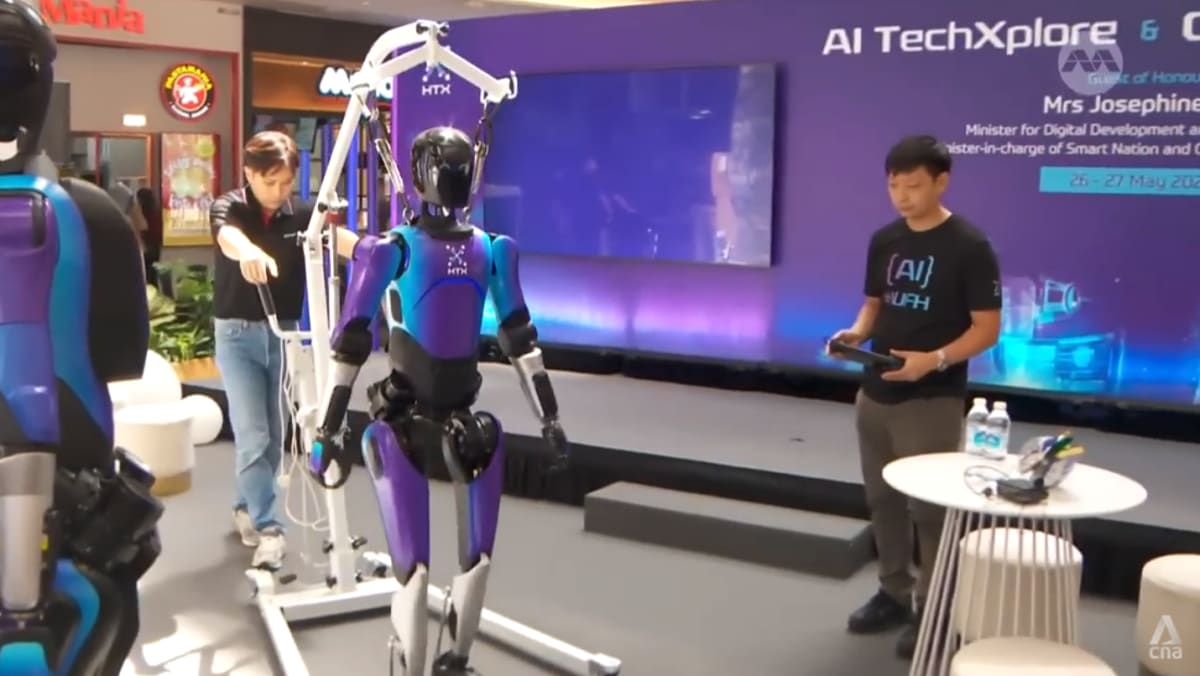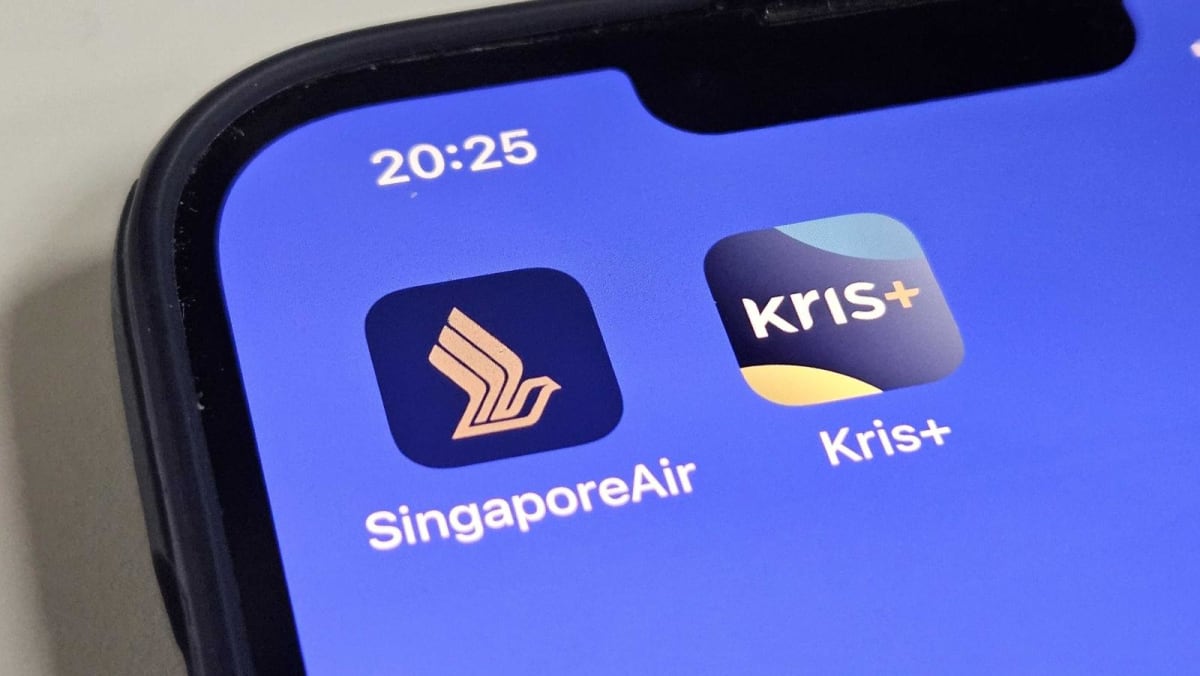“This initiative marks a fundamental shift in the development of robotics capabilities in the Home Team – from today’s pre-programmed systems to tomorrow’s GenAI-powered intelligent platforms that can move, think, and act autonomously to protect and save lives,” said Minister for Digital Development and Information Josephine Teo, who spoke at the event.
HTX also launched a new S$100 million (US$78 million) robotic research facility that will focus on developing humanoid robotic capabilities of the Home Team.
The facility, known as the Home Team Humanoid Robotics Centre (H2RC), will be up and running by next year, according to the agency.
It is designed to provide specialised settings for training and validating AI-enabled robots that will take over high-risk tasks from humans.
ADOPTION OF ROBOTICS
Professor Louis Phee, vice president of innovation and entrepreneurship at Nanyang Technological University (NTU), said that while humanoid robots will be assigned with the riskier tasks in missions such as firefighting, existing challenges in hardware and software need to be overcome.
Such tasks require smooth movements in the robots’ hardware, as well as the use of large language models trained in the Singapore context, he added.
This will allow a robot to properly communicate with other humanoid robots and human beings, Prof Phee told CNA’s Singapore Tonight programme.
“Imagine if you buy a robotic system from Europe, that robotic system may not be able to understand how Singaporean(s) speak. But with our own … specific Singaporean large language models … that’s where the humans and the humanlike robots can better connect and understand each other,” he added.
He said widespread integration of humanoid robots into daily life requires a delicate balance between giving such robots full autonomy and ensuring the safety of humans.
When asked how ready Singapore’s society is to accept such robots, he pointed to the country’s manpower shortage and how it embraces technology.
He compared it to the field of surgical robotics where attitudes have shifted from patients demanding a human surgeon years ago, to patients now preferring a robot due to higher accuracy.
“So, it will take time,” he added.
USING AI TO BOOST EFFICIENCY
Apart from robotic assistance, HTX said it will also look at more than 300 AI use cases that help streamline communication and workflows for responders, with the first to be operational as early as the end of the year.
One tool that reduces the risks to first responders is an AI system that will take real-time audio and video recordings of a crisis, such as a fire.
The system will then use AI to provide analysis and recommendations for teams that are enroute to the incident, speeding up response times.
HTX said this analysis tool could potentially boost first responders’ productivity by 30 per cent.
The agency also announced that Home Team officers will have access to an AI chatbot that runs on a localised language learning model (LLM).
The AI chatbot, called Phoenix, has been trained by HTX’s partner Mistral AI on knowledge specific and relevant to Singapore’s local context, as well as 10 major languages spoken in Singapore, such as Mandarin, Bahasa Melayu and Tamil.












